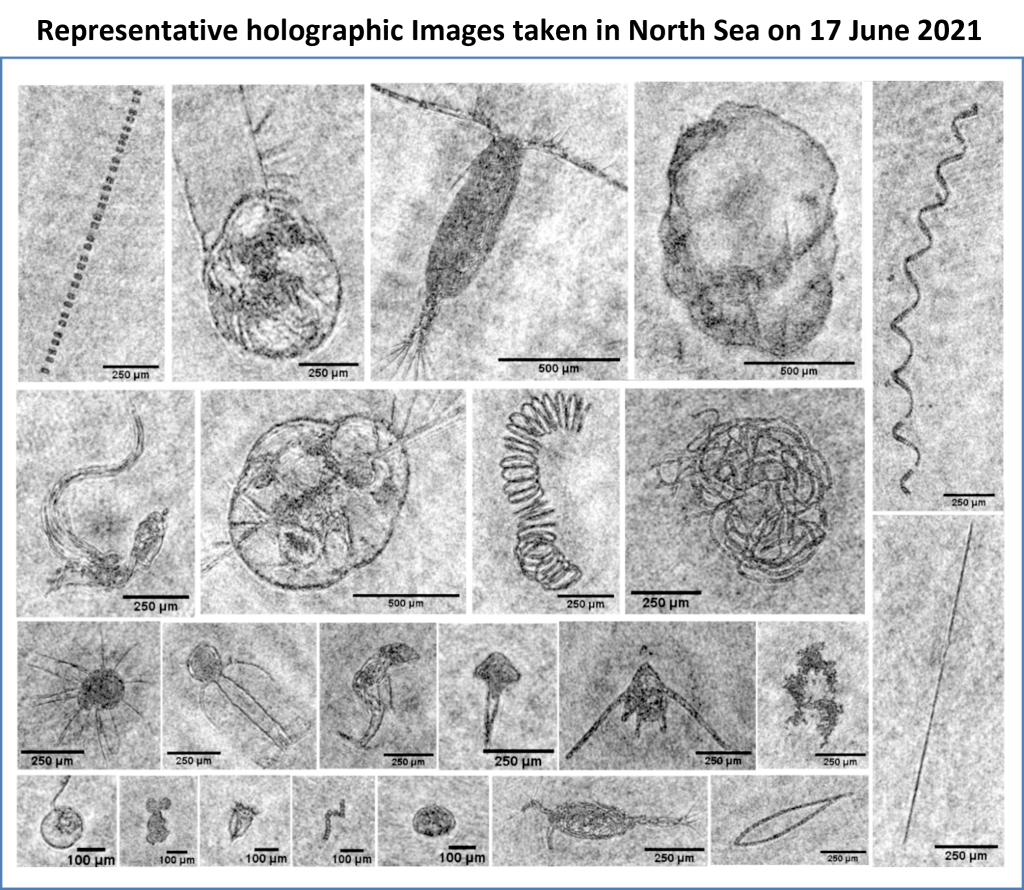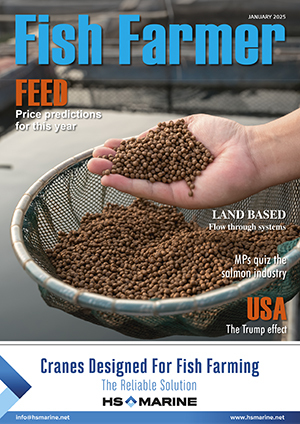3D imaging could provide early warning of sea lice

Please register for FREE to continue reading Fish Farmer
Your FREE registration gives you access to all our content: news and feature articles, regular and special guest columnists, Fish Farmer Magazine e-editions, yearbooks, archives, videos and more. As a paying subscriber this would cost £150 per year – but we are extending an offer to register FREE for full access.
Farm Technician (Rum) - Mowi Scotland
Lochaber£27,236 to £30,504 per annum
Farm Technician (Loch Alsh) - Mowi Scotland
Skye & Lochalsh£27,236 to £30,504 per annum
Farm Technician (BDNC) - Mowi Scotland
Argyll & Bute£27,236 to £30,504 per annum
Electrician - Scale Aquaculture UK Limited
Fort William, Oban, Inverness£36 to £40 per annum
Skipper (Beinn an Oir) - Mowi Scotland
Argyll & ButeFrom £34,861 per annum
